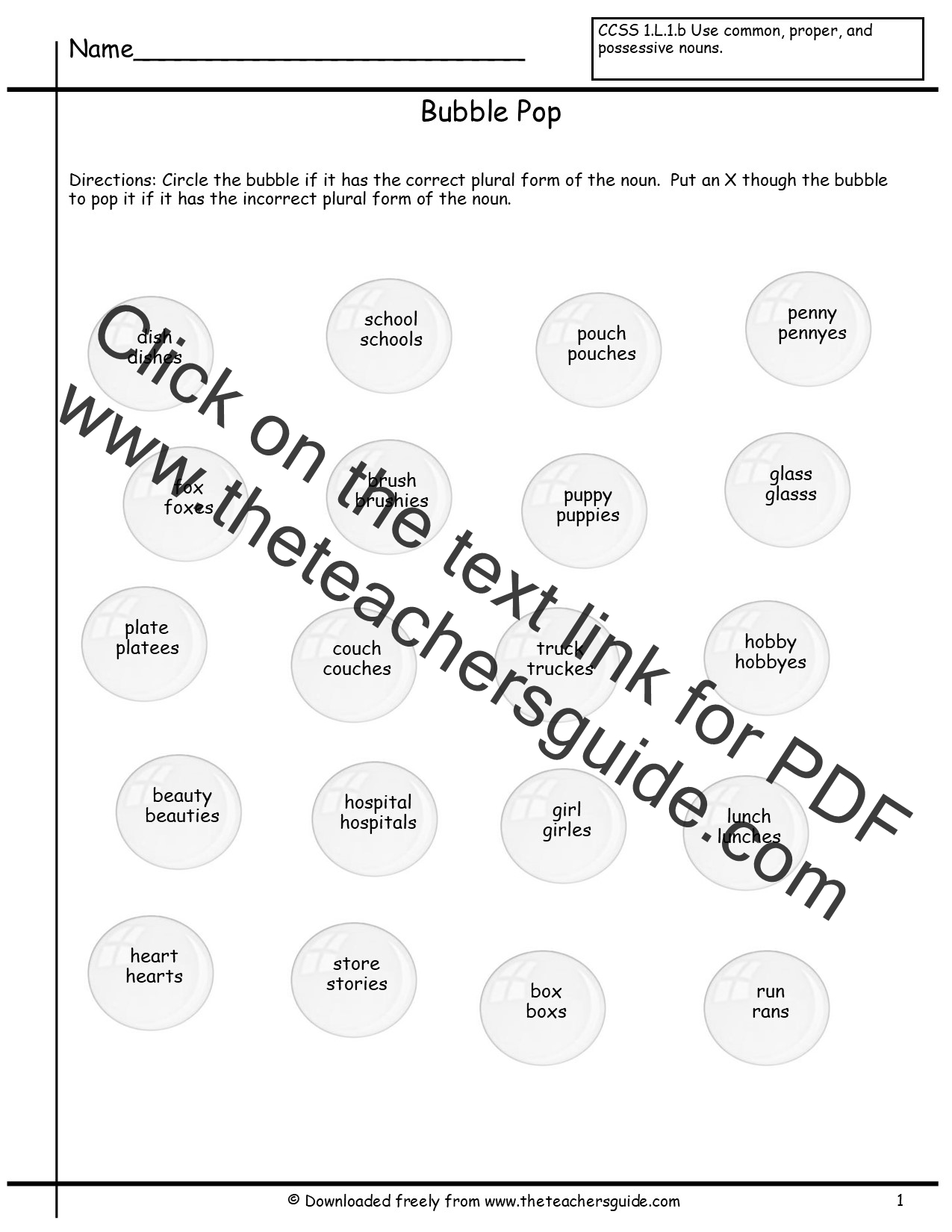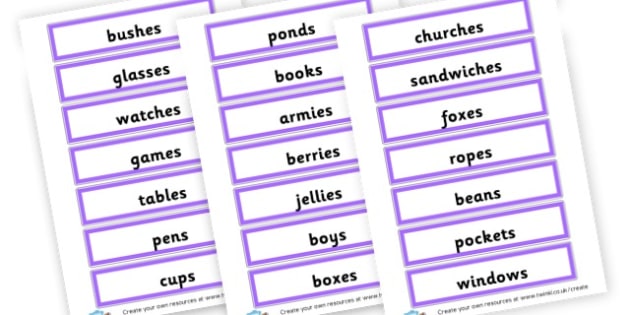

The distinction between the paucal, the plural, and the greater plural is often relative to the type of object under discussion. A greater plural refers to an abnormally large number for the object of discussion. Some languages (like Mele-Fila) distinguish between a plural and a greater plural.

Languages with numerical classifiers such as Chinese and Japanese lack any significant grammatical number at all, though they are likely to have plural personal pronouns. However, numbers besides singular, plural, and (to a lesser extent) dual are extremely rare. In languages with dual, trial, or paucal numbers, plural refers to numbers higher than those. Some other grammatical numbers present in various languages include trial (for three objects) and paucal (for an imprecise but small number of objects). In many languages, there is also a dual number (used for indicating two objects). However, in English and many other languages, singular and plural are the only grammatical numbers, except for possible remnants of dual number in pronouns such as both and either. Some languages also have a dual (denoting exactly two of something) or other systems of number categories. Words of other types, such as verbs, adjectives and pronouns, also frequently have distinct plural forms, which are used in agreement with the number of their associated nouns. An example of a plural is the English word cats, which corresponds to the singular cat. Therefore, plurals most typically denote two or more of something, although they may also denote fractional, zero or negative amounts. This default quantity is most commonly one (a form that represents this default quantity of one is said to be of singular number).

The plural of a noun typically denotes a quantity greater than the default quantity represented by that noun. The plural (sometimes abbreviated as pl., pl, or PL), in many languages, is one of the values of the grammatical category of number.


 0 kommentar(er)
0 kommentar(er)
